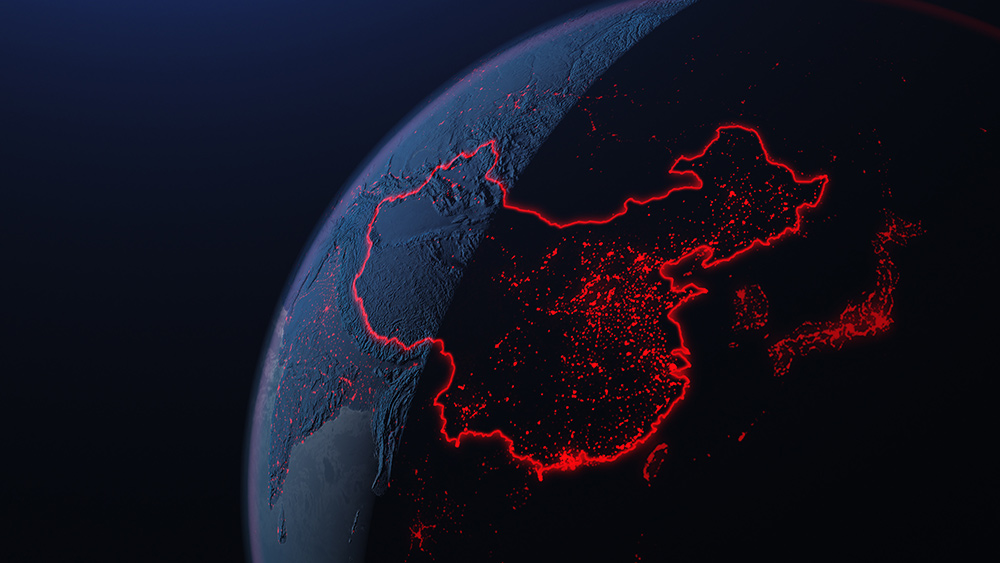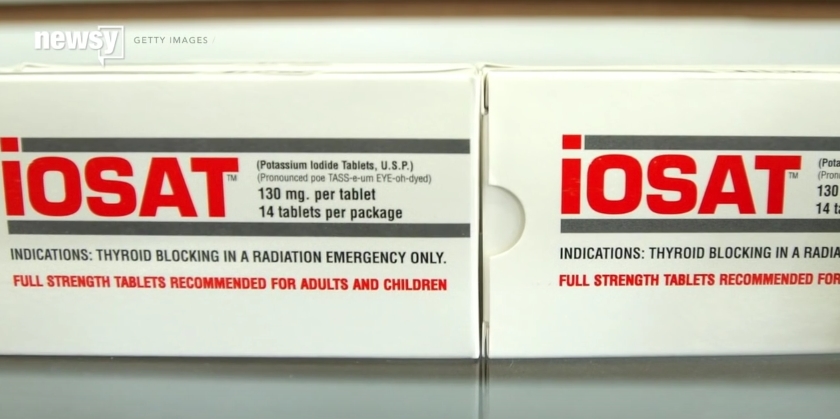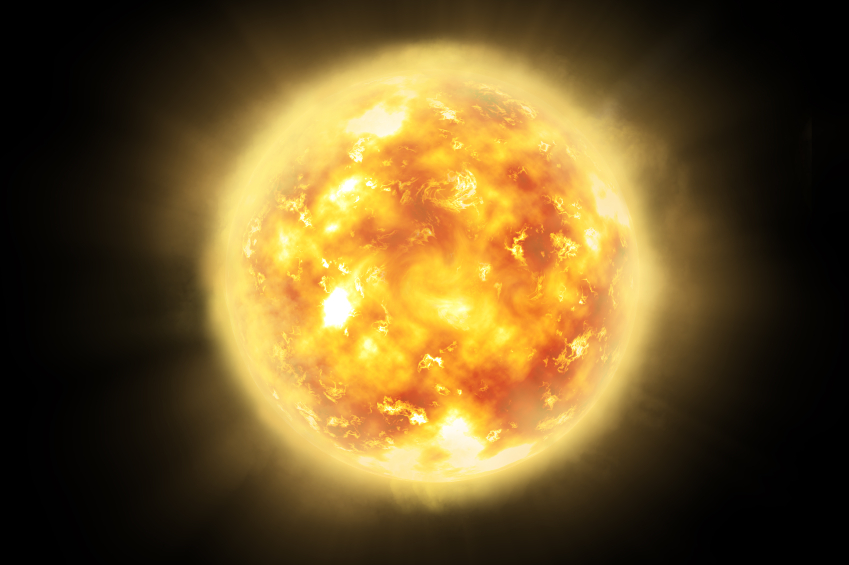An even greater danger: China claims to have launched world’s first 6G satellite
12/15/2020 / By Franz Walker

China recently launched what it claimed was “the world’s first 6G satellite” to test the technology. The launch, however, has raised questions on both the actual nature of “6G” and the possible dangers that it brings.
At the moment, it is still unclear what 6G – short of sixth-generation – wireless communications will be. The telecom industry has yet to decide on specifications for it, after all. Most predictions don’t expect the technology to be rolled out until 2030.
That hasn’t stopped China, however, from claiming to have launched a 6G satellite in what it states is a test of the technology.
China claims “worlds first” 6G launch, but what is 6G?
China launched its so-called “6G” satellite from the Taiyuan Satellite Launch Center on Nov. 6, Friday. The satellite was jointly developed by Chengdu Guoxing Aerospace Technology, Beijing Weina Xingkong Technology and the University of Electronic Science and Technology of China.
The engineers who developed the satellite claim that, if it works as promised, it could boost data speeds dramatically. According to the BBC, it does so by using terahertz waves. The latter are a spectrum of radio frequencies that are at a much higher range than anything we’ve used so far for communications.
6G could theoretically send data at speeds of up to 1 terabyte per second, however, it would require the extensive modification or replacement of current wireless infrastructure.
The 5G standard that the industry is currently pushing already uses higher frequency radio waves – around 28 to 39 GHz – to carry data. These have a higher capacity to carry data compared to previous cellular networks, which work between 700 MHz and 3 GHz.
Higher frequencies come with the drawback of shorter range, as such 5G has already required the installation of more cellular towers and phone masts to compensate. With its much higher frequencies, a theoretical 6G network would end up requiring even more.
6G’s need for more towers could make it more harmful than 5G
Even if the standards and specifications for 6G networks have yet to be finalized, the higher frequencies that it uses have raised questions about its safety. Already, the increase in the number of cellular towers and phone masts that 5G brings has already caused alarm due to the increased radiation they bring. (Related: The dangers of 5G pollution cannot be overstated.)
Government agencies, such as the Federal Communications Commission (FCC) claim that the radiation from these towers is safe. Experts such as public health researcher Joel M. Moskowitz of the University of California, Berkeley, however, dispute these claims.
In an article published in Scientific American, Moskowitz points out that the FCC’s safety standards were put in place during the 1990s, well before wireless internet, Wi-Fi and 5G ever existed. He claims that these outdated standards do not take into account the growing pile of evidence that shows that 5G is harmful in many ways.
Moskowitz says that long-term exposure to the millimeter waves used by 5G can put people at risk of melanoma, ocular melanoma and even sterility. The terahertz waves set to be used by 6G could present an even greater health risk due to their higher frequencies.
This is compounded by these wave’s shorter range which, as mentioned before, will require even more towers to be put up. As such, this means that there will be an even greater saturation of radiation should 6G networks be built.
Follow Radiation.news for more on the dangers of 5G and future 6G networks.
Sources include:
Submit a correction >>
Tagged Under:
5g, 6G, bad technology, badtech, cell phone radiation, China, radiation, technology, Wi-Fi, wireless
This article may contain statements that reflect the opinion of the author
RECENT NEWS & ARTICLES
COPYRIGHT © 2017 RADIATION SCIENCE





















